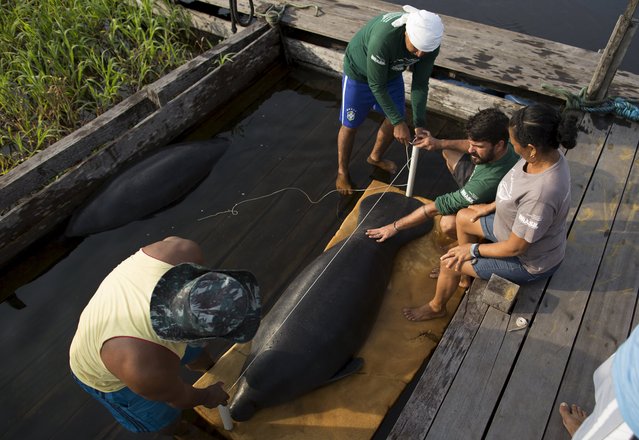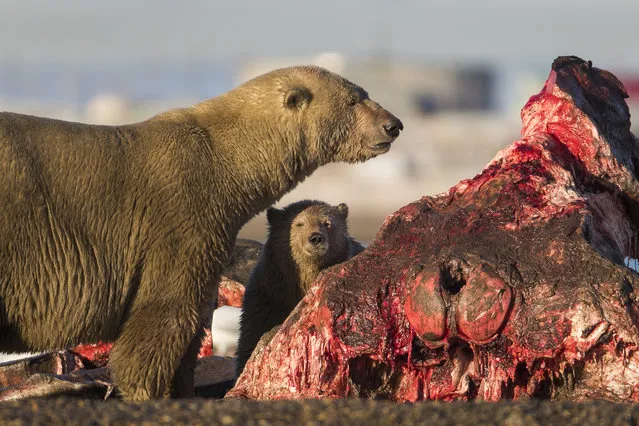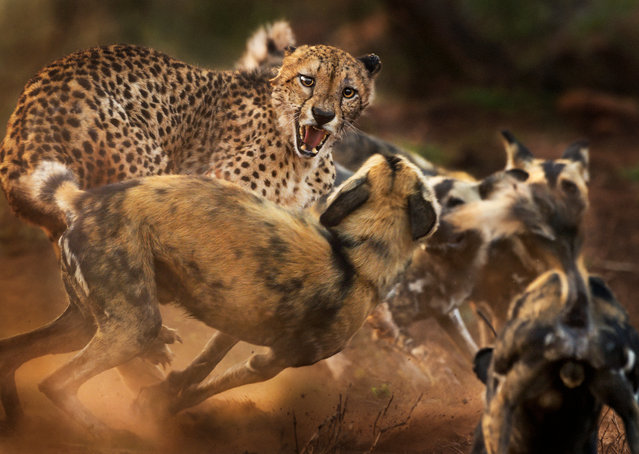
Scottish Fold cat is displayed during a cat exhibition in Bishkek, Kyrgyzstan, 26 November 2017. Cats owners from Kyrgyzstan and Kazakhstan gathered in Bishkek to show their pets. (Photo by Igor Kovalenko/EPA/EFE/Rex Features/Shutterstock)
29 Nov 2017 09:18:00,post received
0 comments







